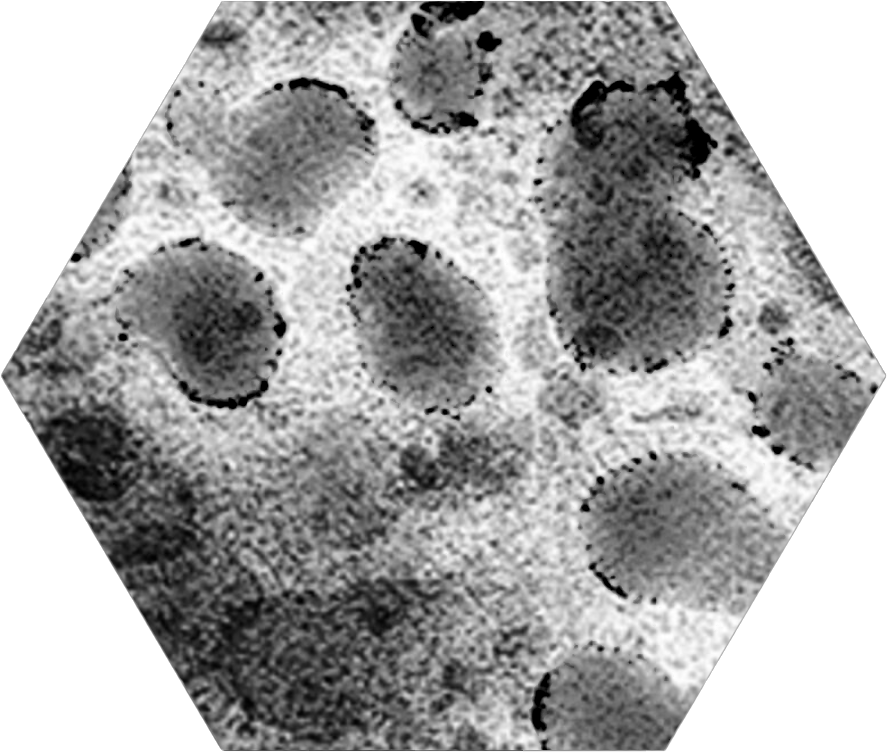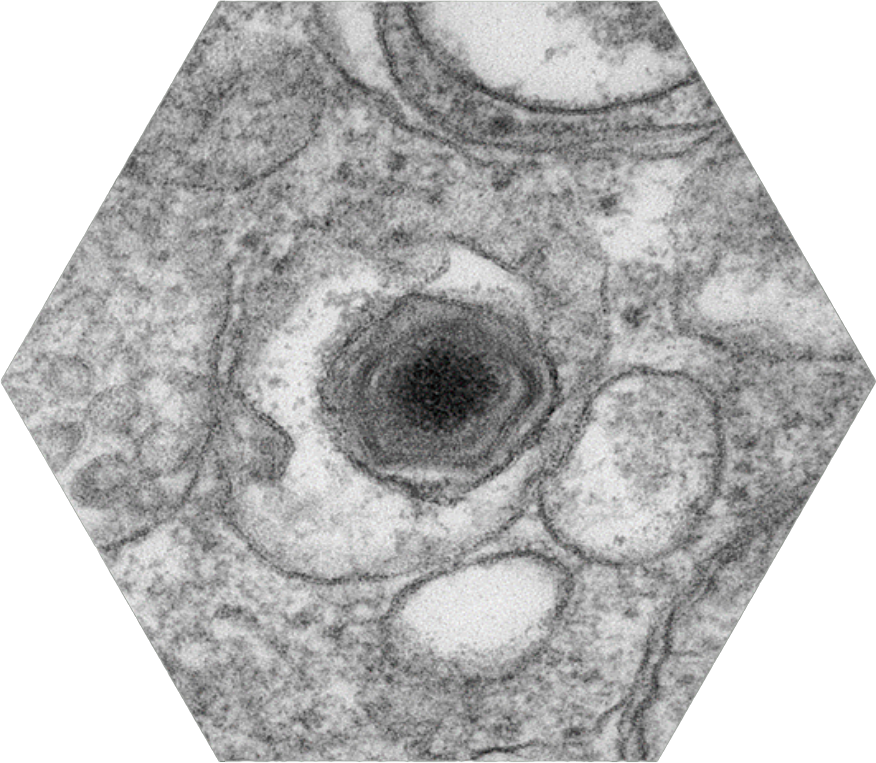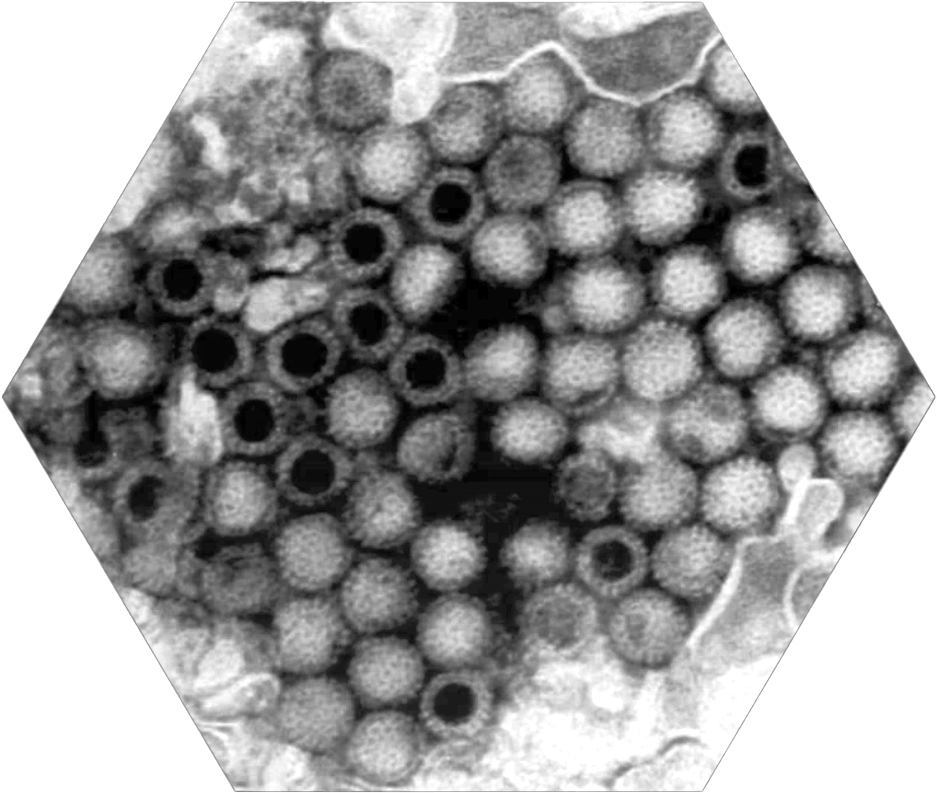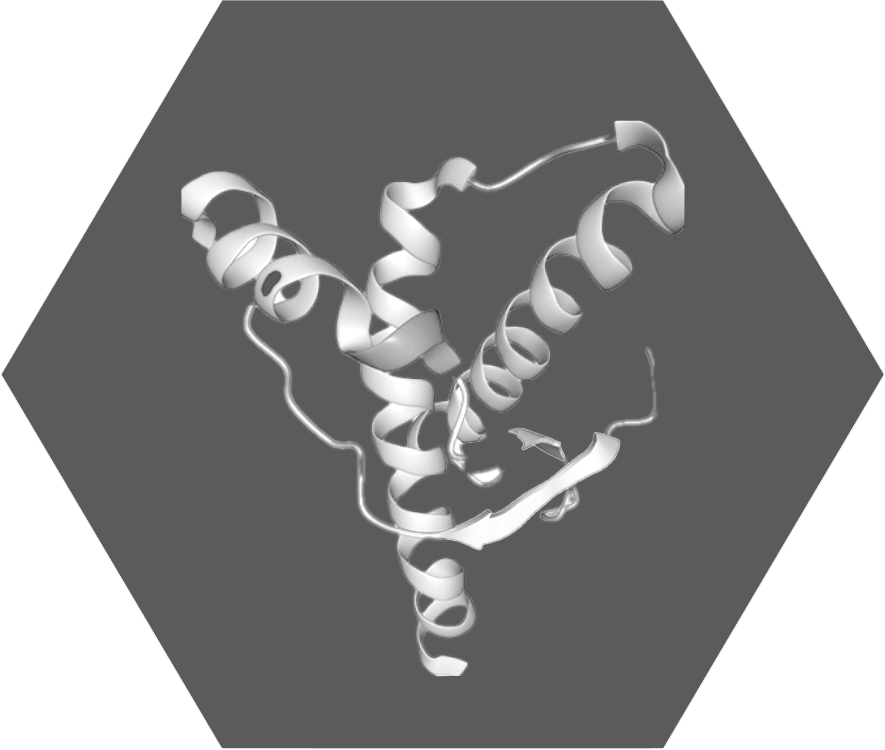This video series, guided by dedicated scientists delves into the five deadliest animal infectious diseases at the heart of WiLiMan-ID’s research.
Click on graphics to find out more
The Deadly Five
and the experts who fight them
Mariette Ducatez
National Research Institute for Agriculture, Food and the Environment
Carola Sauter-Louis
Friedrich Loeffler Institute
Damien Vitour
ANSES Animal Health Laboratory
Gaelle Gonzalez
ANSES Animal Health Laboratory
Sylvie Benestad
Norwegian Veterinary Institute
This series is aimed at raising awareness of five critical animal infectious diseases, classified as high priority. Each film in the series focuses on a different disease and the experts studying and fighting them, highlighting the risks each disease poses to animal and public health, as well as the strategies being developed by WiLiMan-ID to mitigate their impact.
WiLiMan-ID:
Deadly Five
Avian Influenza
African Swine Fever
African Horse Sickness
West Nile Fever
Chronic Wasting Disease
Episode I: Avian Influenza
The Bird Flu Crisis
Expert:
Mariette Ducatez, National Research Institute for Agriculture, Food and the Environment
Avian influenza (AI) is a highly contagious viral disease affecting several food-producing poultry species, companion and wild birds, worldwide. Humans and other mammals may occasionally contract AI, potentially representing the first step towards a new pandemic.
At WiLiMan-ID, our goal is to generate the knowledge needed to monitor AI and help keep it under control.

Expert:
Carola Sauter-Louis, Friedrich Loeffler Institute
African swine fever (ASF) is a non-zoonotic viral disease of domestic and wild pigs, responsible for devastating economic losses. ASF can be transmitted by live animal contacts or carcasses, soft ticks (various Ornithodoros species), and pork products.
Our goal is to gain deeper insights into how pigs and their cells react to the virus, and to use our models to identify the most effective control measures for eradicating the disease.

Episode II: African Swine Fever
A Global Threat to Pigs
Episode III. African Horse Sickness
The Deadly Disease Affecting Equines
Expert:
Damien Vitour, ANSES Animal Health Laboratory
African horse sickness (AHS) is a non-zoonotic, highly infectious and deadly disease commonly affecting horses, mules, donkeys, and zebras. Elephants, camels, and dogs can also be infected, but often asymptomatically. The virus is transmitted by various Culicoides species (biting midges) and occasionally by mosquitoes.
Our goal is to improve the detection, prevention, and understanding of AHS to strengthen control measures.

Expert:
Gaelle Gonzalez, ANSES Animal Health Laboratory
West Nile virus (WNV) and Usutu virus (USUV) are closely related mosquito-borne viruses that primarily cycle between birds and mosquitoes but can occasionally infect mammals, including humans and horses. While WNV can cause West Nile fever (WNF), ranging from asymptomatic to severe and even fatal cases, USUV infections are generally less studied but have been linked to neurological disease in humans. Both viruses share transmission routes, geographic distribution, and host interactions, making their co-infection dynamics an important area of research.

Episode IV: West Nile Fever and Usutu Virus
A Hidden Danger for Animals and Humans
Episode V: Chronic Wasting Disease
The Silent Killer of Deer and Elk
Expert:
Sylvie Benestad, Norwegian Veterinary Institute
Chronic wasting disease (CWD) is a fatal, transmissible spongiform encephalopathy (TSE) affecting various species of the deer family that recently emerged in Northern Europe. CWD is caused by prions that share many features with viruses (e.g. natural or sporadic transmission within and between species, capacity to adapt and ‘mutate’ in changing environments).
Our goal is to slow the spread of diseases and improve the efficiency of detecting contamination, ultimately helping to control outbreaks more effectively.

This video series delves into the five deadliest animal infectious diseases at the heart of WiLiMan-ID’s research.
Guided by dedicated scientists from our partner institutes, each video offers an in-depth look at a specific disease and highlights our efforts to understand, monitor, and control these infections.
The Deadly Five
Episode I

Avian Influenza
The Bird Flu Crisis
Expert:
Mariette Ducatez, National Research Institute for Agriculture, Food and the Environment
Avian influenza (AI) is a highly contagious viral disease affecting several food-producing poultry species, companion and wild birds, worldwide. Humans and other mammals may occasionally contract AI, potentially representing the first step towards a new pandemic.
At WiLiMan-ID, our goal is to generate the knowledge needed to monitor AI and help keep it under control.
Episode II

African Swine Fever
A Global Threat to Pigs
Expert:
Carola Sauter-Louis, Friedrich Loeffler Institute
African swine fever (ASF) is a non-zoonotic viral disease of domestic and wild pigs, responsible for devastating economic losses. ASF can be transmitted by live animal contacts or carcasses, soft ticks (various Ornithodoros species), and pork products.
Our goal is to gain deeper insights into how pigs and their cells react to the virus, and to use our models to identify the most effective control measures for eradicating the disease.
Episode III

African Horse Sickness
The Deadly Disease Affecting Equines
Expert:
Damien Vitour, ANSES Animal Health Laboratory
African horse sickness (AHS) is a non-zoonotic, highly infectious and deadly disease commonly affecting horses, mules, donkeys, and zebras. Elephants, camels, and dogs can also be infected, but often asymptomatically. The virus is transmitted by various Culicoides species (biting midges) and occasionally by mosquitoes.
Our goal is to improve the detection, prevention, and understanding of AHS to strengthen control measures.
Episode IV

West Nile Fever and Usutu Virus
A Hidden Danger for Animals and Humans
Expert:
Gaelle Gonzalez, ANSES Animal Health Laboratory
West Nile virus (WNV) and Usutu virus (USUV) are closely related mosquito-borne viruses that primarily cycle between birds and mosquitoes but can occasionally infect mammals, including humans and horses. While WNV can cause West Nile fever (WNF), ranging from asymptomatic to severe and even fatal cases, USUV infections are generally less studied but have been linked to neurological disease in humans. Both viruses share transmission routes, geographic distribution, and host interactions, making their co-infection dynamics an important area of research.
Episode V

Chronic Wasting Disease
The Silent Killer of Deer and Elk
Expert:
Sylvie Benestad, Norwegian Veterinary Institute
Chronic wasting disease (CWD) is a fatal, transmissible spongiform encephalopathy (TSE) affecting various species of the deer family that recently emerged in Northern Europe. CWD is caused by prions that share many features with viruses (e.g. natural or sporadic transmission within and between species, capacity to adapt and ‘mutate’ in changing environments).
Our goal is to slow the spread of diseases and improve the efficiency of detecting contamination, ultimately helping to control outbreaks more effectively.
At WiLiMan-ID, we focus on how global changes influence pathogen ecology and the emergence of animal diseases, aiming to predict outbreaks and develop effective countermeasures. Our work supports risk-based surveillance and strengthens prevention and control strategies to reduce their impact on both animals and humans.
Check the Deadly Five playlist on Youtube
